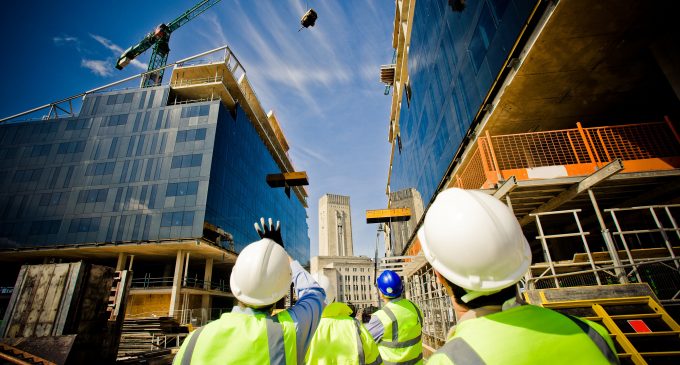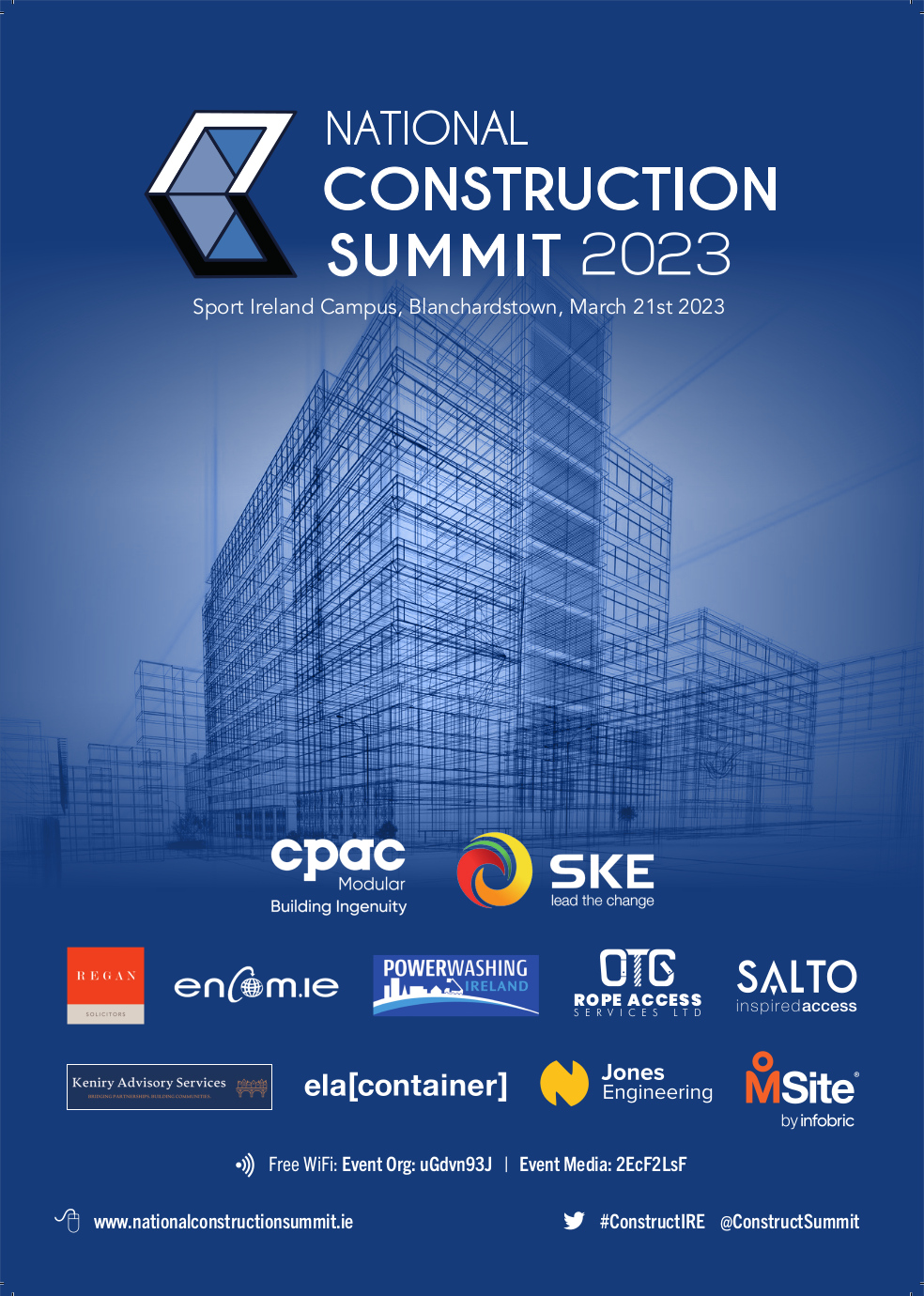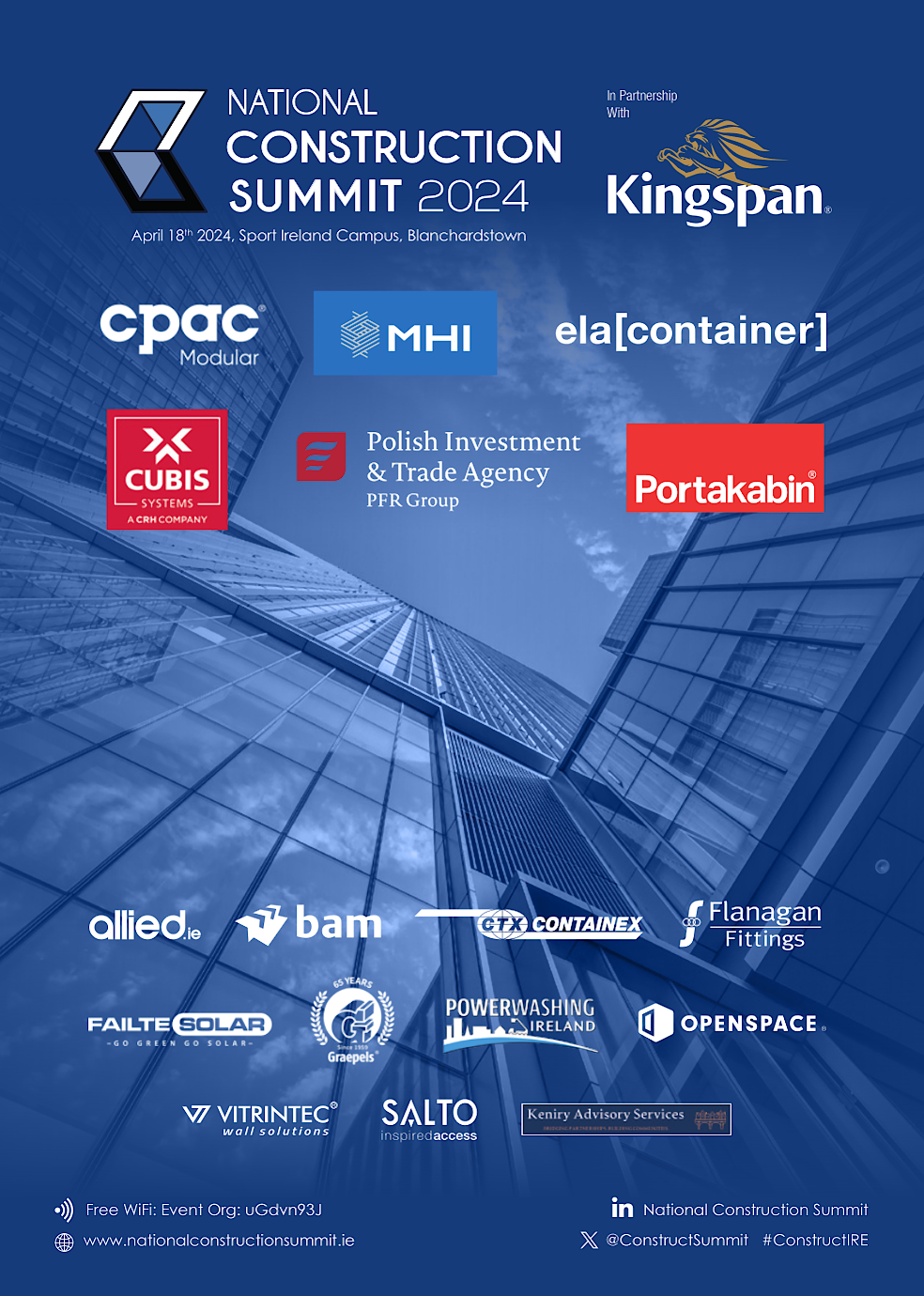Construction sector’s 25 months of continuous growth

The Ulster Bank Construction Purchasing Managers’ Index – a seasonally adjusted index designed to track changes in total construction activity – dropped to 55.8 in September from 56.5 in August. This was the lowest reading since March, but still pointed to a marked increase in construction activity during the month. Output has now risen in each of the past 25 months.
The Irish construction sector ended the third quarter of the year on a positive note as activity, new orders and employment all continued to rise.
On the price front, a marked slowdown in the rate of cost inflation was recorded, with prices increasing at the weakest pace since June 2014.
For the first time since June, all three monitored sectors registered growth of activity in September. The sharpest expansion was for activity on commercial projects, despite the rate of growth easing over the month. Housing activity rose at a slightly faster pace, while civil engineering recorded a return to growth, albeit with a modest expansion in activity.
New orders continued to increase, with the rate of expansion quickening marginally for the second successive month. Those respondents that posted a rise in new business mentioned general improvements in market sentiment.
With workloads increasing, Irish construction firms raised their staffing levels during the month. Although easing slightly from August, the rate of job creation remained sharp. Employment has now increased in each of the past 25 months.
Constructors continued to raise their usage of sub-contractors in September, albeit at a modest and reduced pace. The availability of sub-contractors continued to decline, resulting in a further sharp increase in their rates charged despite a reduction in the quality of their work.
September data also pointed to a marked easing in the rate of cost inflation at Irish construction firms, with the latest increase the slowest since June 2014. Where input prices did rise, this was linked to the relative weakness of the euro leading to higher costs for imported items.
While the overall story remains one of continuing construction sector expansion, the fall in the September headline PMI index represented the third consecutive monthly decline. That pattern suggests that momentum behind the recovery slipped a little through the third quarter – a trend that bears watching in the months ahead. One important reason not to be overly concerned about near-term prospects is the very healthy trend in new orders that remains very much in place: the new orders index again showed rapid growth in new business levels in September, with the pace of increase quickening for the second month running. And these gains in actual and prospective activity continue to underpin rising demand for labour within the sector: the latest solid increase in employment takes the jobs recovery among survey respondents into its third year following a sequence of 25 consecutive months of rising employment.”







